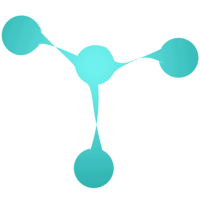| Torch | |
|---|---|
 | |
| Original author(s) | Ronan Collobert, Samy Bengio, Johnny Mariéthoz [1] |
| Initial release | October 2002 [1] |
| Final release | 7.0 / February 27, 2017 [2] |
| Repository | |
| Written in | Lua, C, C++ |
| Operating system | Linux, Android, Mac OS X, iOS |
| Type | Library for machine learning and deep learning |
| License | BSD License |
| Website | torch |
Torch is an open-source machine learning library, a scientific computing framework, and a scripting language based on Lua. [3] It provides LuaJIT interfaces to deep learning algorithms implemented in C. It was created by the Idiap Research Institute at EPFL. Torch development moved in 2017 to PyTorch, a port of the library to Python. [4] [5] [6]